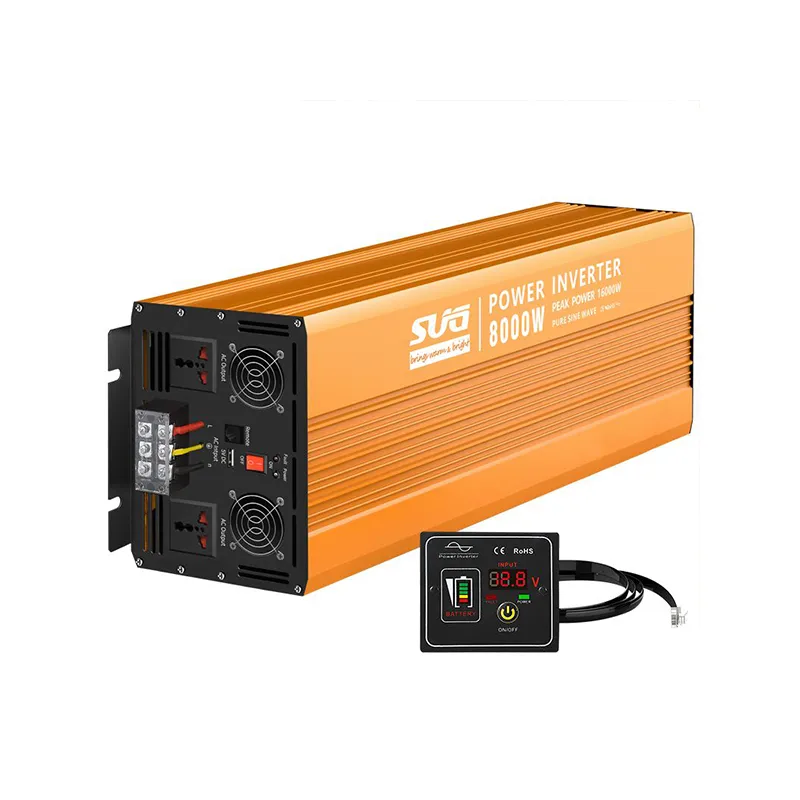Determining Solar Panel Dimensions for Optimal Wattage Efficiency
Understanding Solar Panel Size Per Watt A Comprehensive Guide
As the world shifts towards renewable energy, solar power has emerged as a leading alternative to fossil fuels. Among the many factors influencing the efficiency and application of solar technology, one key consideration is the size of solar panels relative to their power output. Understanding the correlation between solar panel size and wattage is crucial for both consumers and businesses alike aiming to harness solar energy effectively.
What is Wattage in Solar Panels?
Wattage denotes the power output of a solar panel. It essentially represents how much electricity the panel can generate under standard test conditions, typically measured in watts (W). Most residential solar panels on the market today range from about 250 to 400 watts per panel. Those levels are often sufficient to power household electronics, defend against rising electricity costs, and reduce carbon footprints.
How Does Size Affect Wattage?
The size of a solar panel directly affects its wattage capacity. Generally speaking, larger panels can produce more watts because they have more photovoltaic (PV) cells and surface area to absorb sunlight. Standard solar panels typically measure around 65 inches by 39 inches (approximately 1.7 square meters) and can yield between 250 to 400 watts. Therefore, when evaluating solar panel options for your needs, it’s essential to understand how size translates into power output.
Calculating Solar Panel Output
To gauge how many solar panels you need for your energy requirements, consider the following factors
solar panel size per watt

1. Daily Energy Consumption Evaluate your average energy consumption in kilowatt-hours (kWh). This figure can usually be found on your electricity bill. 2. Peak Sun Hours Determine the average daily sunlight hours your location receives. This can significantly influence how much energy your solar panels can generate. 3. Panel Efficiency Look into the panel’s efficiency rating, often presented as a percentage. Higher efficiency panels produce more energy from the same amount of sunlight, meaning you may need fewer panels.
For example, if your household consumes 30 kWh daily and your location enjoys an average of 5 peak sun hours, your solar system would need to generate 6 kW (30 kWh / 5 hours). If you opt for 320-watt panels, you would require approximately 19 panels (6,000 W / 320 W per panel), which would take up about 32.2 square meters based on the average panel size.
The Trade-offs Size, Efficiency, and Space
While larger panels generally produce more wattage, they also require more physical space. This can be a significant consideration for homeowners with limited roof area. On the other hand, higher-efficiency panels, though more compact, are typically more expensive. Consumers must balance cost, space limitations, and energy requirements when choosing the best solar solution.
Innovations in Solar Technology
Solar panel technology continues to evolve, with researchers developing new methods to harvest energy more efficiently and in smaller footprints. Bifacial solar panels, for instance, allow light absorption from both sides, potentially increasing overall wattage without increasing size. Additionally, advancements in materials and design, such as thin-film solar panels, can offer flexible installation options in confined spaces.
Conclusion
Ultimately, the relationship between solar panel size and wattage is a fundamental aspect that influences the design and effectiveness of solar energy systems. As solar technology advances, understanding how to calculate energy needs based on panel size and wattage will empower consumers to make informed decisions. Whether you are considering a solar installation for your home or your business, grasping these concepts will lead you towards a sustainable energy future that aligns both with your needs and the environment. Embrace the opportunity to explore solar advancements, as they promise greater efficiency and accessibility in the quest for clean energy solutions.
-
String Solar Inverter: The High-Efficiency Solution for Smart Solar EnergyNewsJul.14,2025
-
Revolutionizing Rooftop Energy with the Power of the Micro Solar InverterNewsJul.14,2025
-
Power Independence with Smart Off Grid Solar Inverter SolutionsNewsJul.14,2025
-
On Grid Solar Inverter: Powering the Future with Smart Grid IntegrationNewsJul.14,2025
-
Monocrystalline Solar Panels: High-Efficiency Power for the Future of Clean EnergyNewsJul.14,2025
-
Bifacial Solar Panel: A Smarter Investment for Next-Generation Energy SystemsNewsJul.14,2025







